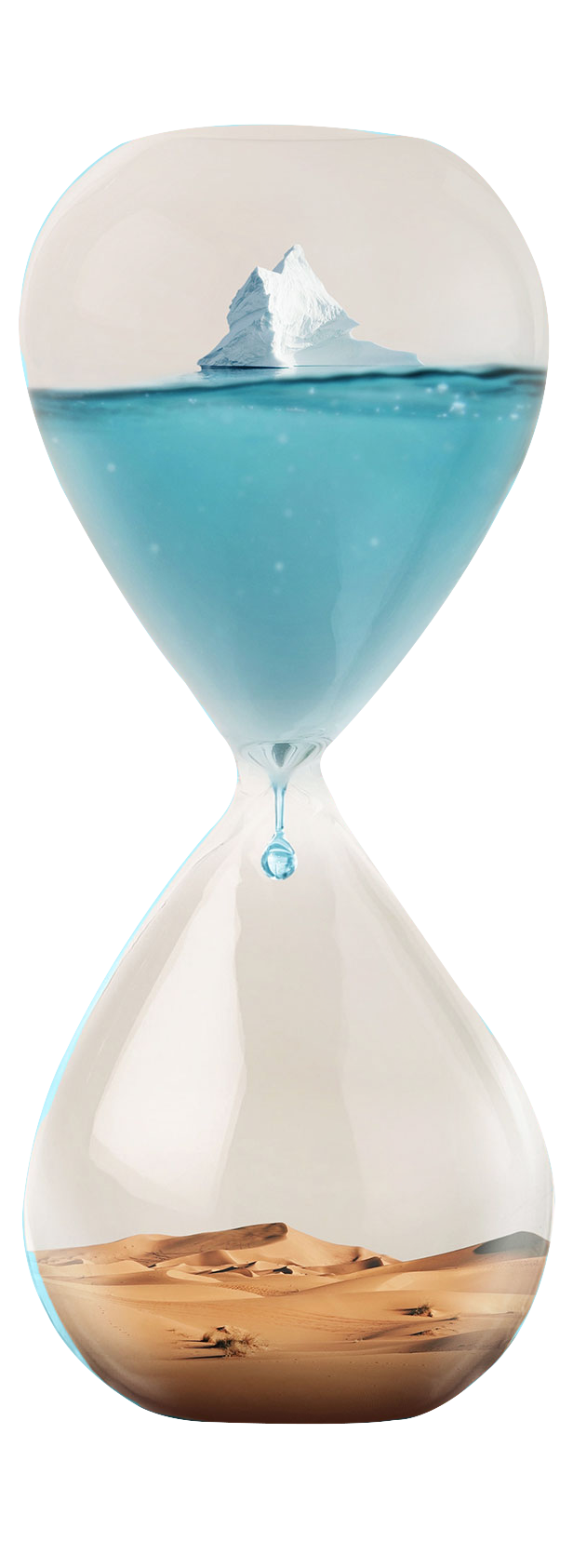
The patented air-to-water generation (AWG) technology used by Ma Hawa creates pure drinking water directly from atmospheric water vapour – a truly inexhaustible resource.
This is a real game-changer for the UAE, a nation with very limited fresh water resources – and for the world where about 1.8 billion people could be facing water scarcity by 2025.*




